Introduction
The goal of this project was to build a small, cheap, light-weight preamplifier for student use in electrophysiology labs. Specifically:
- The cost should be less than $50.
- Gain should be 100-1000, a.c. coupled. Two versions were built with different highpass cutoffs.
- Noise should be comparable to commercial units, but could be a little higher.
- Common-mode rejection must be very good so that the circuit will perform in environments with lots of 60 Hz noise.
- There should be a fixed 4kHz lowpass filter.
The Circuit
There is a passive lowpass filter at the input of the INA121 differential amplifier. The circuit was copied from the TI datasheet. The output of the INA121 is feed through a passive higpass filter, then to a gain stage of 1/2 of a LM358 dual opamp. The other half of the opamp package is used to split the 9 volt supply into +/-4.5 volts.

The input stage is the most critical for common-mode rejection and noise. We used a Burr-Brown INA121 differential amplifier, set to a gain of 10 using a Rg1=5.1k. The input stage is DC coupled. With a 4.5-volt supply, a differential DC offset of up to about 0.5 volt is tolerable. Offsets of a few hundred millivolts are typical, assuming similar metals for the differential electrodes. The common-mode rejection of the circuit is as good as the Burr-Brown head-stage. The printed circuit board is shown to the left. You need to download ExpressPCB software to view the design file.
Choosing Rg2=200kohm, Rg1=1kohm, Chi=10nf yields an amplifier with a low frequecy cutoff around 150 Hz, a high frequency cutoff around 3.5 kHz and a settable gain of 50 or 1000. Setting Rg1=5.1kohm and Rg2=100kohm makes the gains 10 and 100. Setting Chi=1microfarad (C2 on the schematic) makes the low frequency cutoff about 1.5 Hz. Changing the 200pf capacitor in the input (C1 on the schematic) to 100pf raises the high frequency cutoff to about 7 kHz. Three versions have been built:
- low cut=1.5 Hz, high cut=3 kHz, gain=50,500 for ECG testing
- low cut=150 Hz, high cut=3 kHz, gain=50,500 for extracellular recording
- low cut=150 Hz, high cut=7 kHz, gain=50,1000 for EOD recording (electric fish finder)
The following sideview shows how the battery is mounted. There is a piece of tape on the battery to protect it from the terminals of the two ICs.

 Bruce Land
Bruce Land

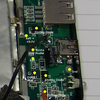



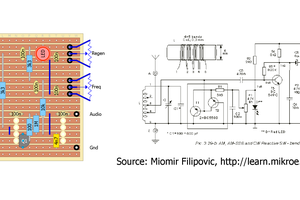
 agp.cooper
agp.cooper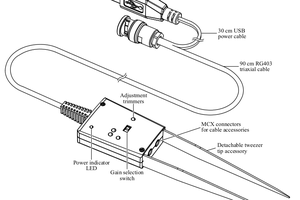
 Petteri Aimonen
Petteri Aimonen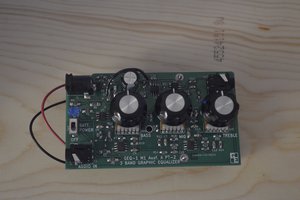
 Grant Giesbrecht
Grant Giesbrecht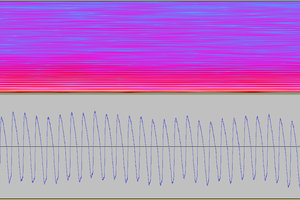
 Marek Materzok
Marek Materzok
Take a look at this concept "No-Touch Measurements of Vital Signs in Small Conscious Animals" https://news.cornell.edu/stories/2019/02/no-touch-sensor-measures-vital-signs-small-animals